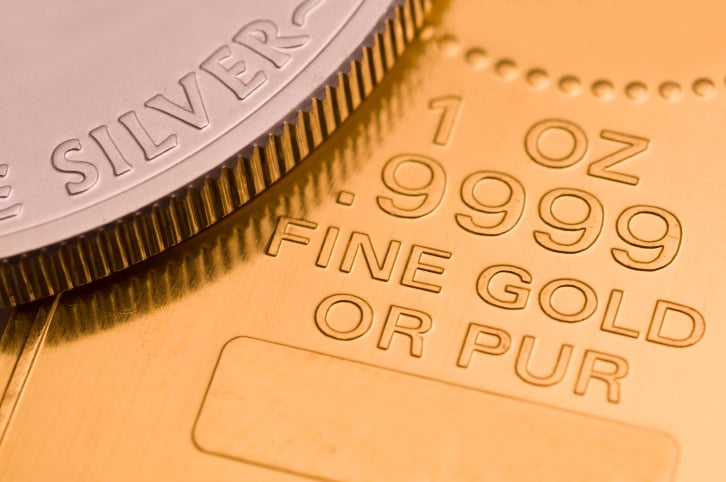Metals Drop May Crush Jewelry Sellers, Gold and Silver Exchanges
June 20, 2013 by Jon C. Ogg
Owning jewelry to sell on a showroom floor can be a tough game if the price of metals keeps dropping. All of the gold you bought a few months ago is literally $200 or $300 per ounce cheaper now. So all the jewelry in the cases trying to be sold is priced based upon higher gold prices.
Now pretend you are a gold and silver exchange in a retail store in any major city. You buy and sell golf regardless of the daily markets, but gold and silver had risen for so long that hedging might have become less important as it was in the past. After calling one such local exchange just today the premium over the spot price of silver is $3.00 per ounce. That premium was $3.00 two weeks ago too, but it used to be only $1.50 when prices were higher.
And gold for a premium is steep too. A local quote to buy a Krugerrand or Canadian Maple Leaf was $75 over the spot price of gold. The same was true two weeks ago as well. The problem as a buyer of spot metal is that the premium was bumped up after the prices started to fall and it is now remaining static. That means that you are paying a higher and higher relative price for what silver and gold are worth even as prices continue to fall.
What is surprising is that Tiffany & Co. (NYSE: TIF) stock has not sold off even more than they have. After a near-4% drop to $72.11 on Thursday, the stock’s 52-week range is $49.72 to $81.25. The question that we want to know is how Tiffany’s bean counting team did to hedge their exposure to the price of gold. If they missed the boat, then anyone buying their jewelry today is paying up for much higher gold prices and the premium due to the brand.
For a gold or silver exchange to easily hedge, they can simply buy put options on the iShares Silver Trust (NYSEMKT: SLV) for silver or the SPDR Gold Shares (NYSEMKT: GLD) for gold. For industry insiders, that is not even the cheapest way to hedge as hedging on the metals exchanges can be cheaper than hedging off of a derivative product that trades like an equity.
We are not trying to point anyone or any single company out here. The problem is that the drop in the prices comes with unintended consequences. Some of those gold and silver exchanges will get wiped out on the downside if they are not hedging. If they charge too much of a premium, physical buyers will just refuse to buy and perhaps will just opt for ETF purchasing to get exposure (if they want it).
Many investors and weak longs have sold out of their silver and gold in recent days, weeks, or months, some at deep losses and some at big gains. Many physical gold and silver buyers are still out there, but it is becoming too expensive to buy on the spot market.
Essential Tips for Investing: Sponsored
A financial advisor can help you understand the advantages and disadvantages of investment properties. Finding a qualified financial advisor doesn’t have to be hard. SmartAsset’s free tool matches you with up to three financial advisors who serve your area, and you can interview your advisor matches at no cost to decide which one is right for you. If you’re ready to find an advisor who can help you achieve your financial goals, get started now.
Investing in real estate can diversify your portfolio. But expanding your horizons may add additional costs. If you’re an investor looking to minimize expenses, consider checking out online brokerages. They often offer low investment fees, helping you maximize your profit.